To avoid the situation of abandoned farmland or damage due to drought at the end of the season, Dak Nong Department of Agriculture has recommended that farmers flexibly switch varieties and crops to improve land use efficiency and increase income.
Localities have boldly converted some rice-growing areas far from water sources to crops such as corn, sweet potatoes, pumpkins... with high efficiency.
.jpg)
The family of Ms. Ly Thi Sen in Nam Ninh village, Quang Phu commune, Krong No district has 5 sao of rice fields. Previously, Ms. Sen used to grow 2 rice crops per year. In recent years, due to water shortage, she has converted part of the rice field area at risk of water shortage at the end of the season to grow corn.
.jpg)
According to Ms. Sen, switching from rice to corn has helped her reduce production costs and avoid risks caused by drought. Moreover, in the winter-spring crop, corn prices on the market are quite high, helping her earn a certain profit.
According to Mr. Doan Gia Loc, Head of the Department of Agriculture and Environment of Krong No district, every year, Krong No develops a plan to convert hundreds of hectares of various crops. Depending on the production conditions of each season, the district guides people to convert suitable crops to avoid drought and bring higher economic efficiency.
.jpg)
This winter-spring crop alone, thanks to actively converting crops, production value in Krong No achieved many positive results. Of which, commercial corn reached 61 million VND/ha; sweet potatoes 120 million VND/ha; pumpkin 100 million VND/ha...
Mr. Tran Van Hien's family in Cu K'nia commune, Cu Jut district, also invested in an irrigation system for more than 3 sao of land growing sweet corn in the winter-spring crop. According to Mr. Hien, with 3 sao of sweet corn, each crop brings him more than 40 million VND after deducting expenses.
According to the Department of Agriculture and Environment of Cu Jut district, in the 2025 winter-spring crop, people have converted the crop structure on rice land to grow crops that use less water in rice areas lacking water, such as: Nam Dong commune converted 10 hectares, Dak D'rong commune 15 hectares.
In addition, people in Cu Jut district also converted many areas of coffee and pepper to grow cocoa, short-term crops, and short-term industrial crops such as soybeans and peanuts.
.jpg)
According to the leader of the Department of Agricultural Development of Dak Nong province, to adapt to climate change, the province has implemented many solutions, in which changing the crop structure is identified as an important direction.
From 2022 to present, Dak Nong province has effectively implemented the program of converting local varieties and crops. By 2024, the province had converted over 1,615 hectares of crops, exceeding 65% of the set plan.
In particular, unsuitable trees have been replaced by macadamia, pepper and many valuable fruit trees. In addition, more than 440 hectares of ineffective rubber have been converted to grow macadamia, coffee, pepper and fruit trees, mainly in Tuy Duc, Dak R'lap, Dak Mil and Krong No districts.
.jpg)
According to Mr. Ngo Xuan Dong, Deputy Director of the Department of Agriculture and Environment of Dak Nong province, training, coaching and technology transfer have helped farmers boldly change their production mindset and proactively switch to suitable crops.
This winter-spring crop, Dak Nong province planted 10,393 hectares of short-term crops of all kinds, with an estimated output of 98,000 tons. Of which, rice: 5,170.6 hectares, output of 34,794.1 tons, corn: 2,151.4 hectares, output of 15,602.1 tons, vegetables of all kinds: 1,978.6 hectares, output of 30,502.5 tons, sweet potatoes: 1,100 hectares, output of 17,227.9 tons.
Source: https://baodaknong.vn/dak-nong-nhieu-loai-cay-trong-vu-dong-xuan-dat-gia-tri-cao-253917.html


![[Photo] Journalists moved to tears at the Memorial Service for the soldiers who died in Gac Ma](https://vphoto.vietnam.vn/thumb/1200x675/vietnam/resource/IMAGE/2025/5/30/9454613a55c54c16bf8c0efa51883456)


![[Photo] A delegation of 100 journalists from the Vietnam Journalists Association visits the soldiers and people of Truong Sa island district.](https://vphoto.vietnam.vn/thumb/1200x675/vietnam/resource/IMAGE/2025/5/30/0984a986227d4e988177f560d2e1563e)


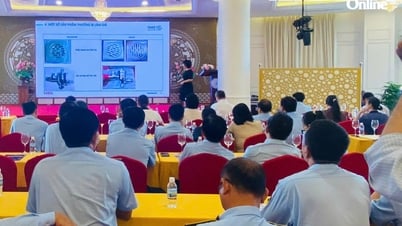





















![[Photo] Prime Minister Pham Minh Chinh attends the event "Digital transformation of the banking industry by 2025"](https://vphoto.vietnam.vn/thumb/1200x675/vietnam/resource/IMAGE/2025/5/29/0e34cc7261d74e26b7f87cadff763eae)







































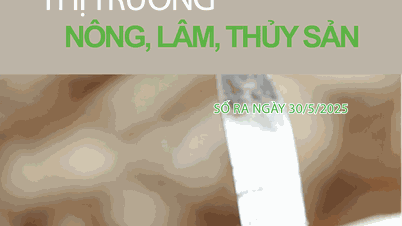

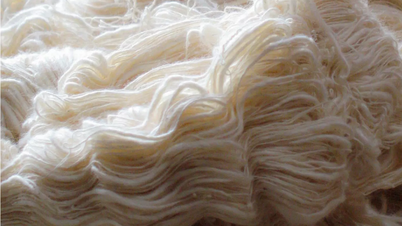





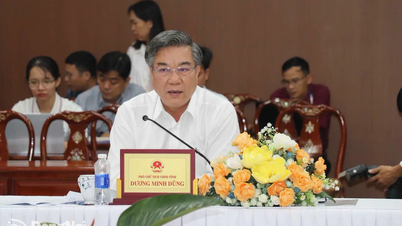












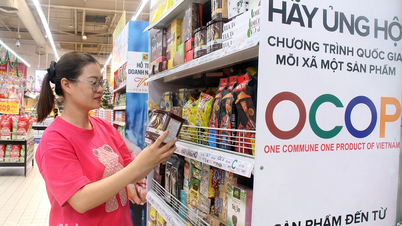




Comment (0)